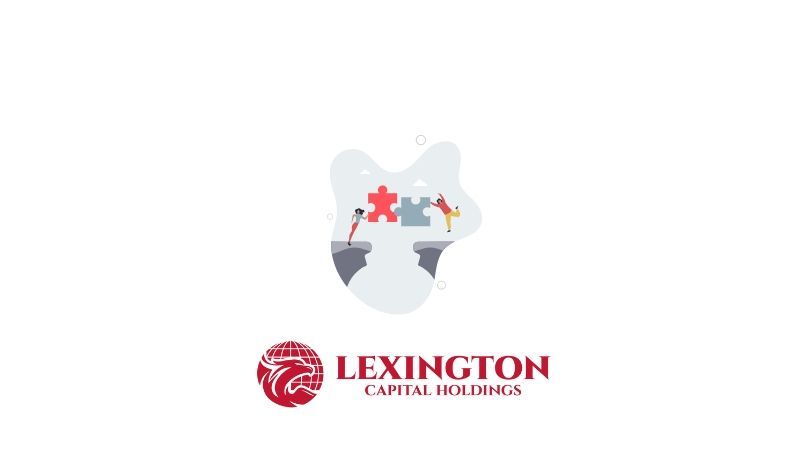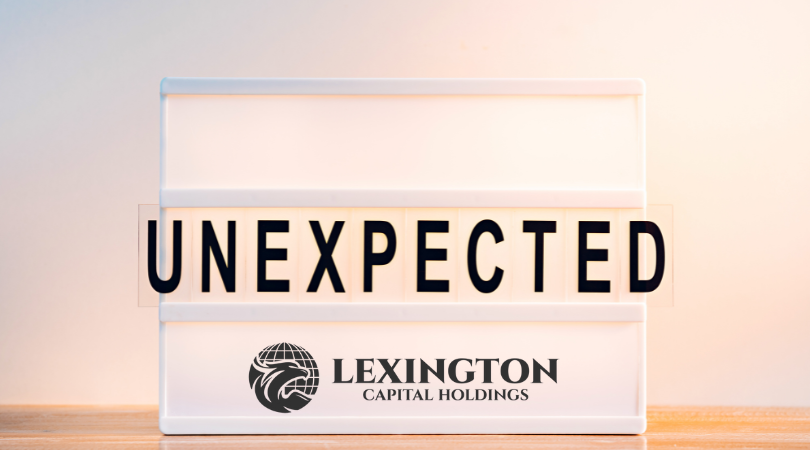How Shifting Interest Rates Are Changing the Lending Landscape for Small Businesses
If you’ve applied for business funding lately, you’ve probably noticed something:
The numbers don’t look like they did a year or two ago.
Rates are higher. Lenders are more cautious. Terms are changing.
And while rising interest rates might seem like just another economic headline, for small business owners — they hit close to home.
Because when rates move, so do your options.
What’s Actually Happening with Rates
Over the past 18 months, the Federal Reserve has increased interest rates multiple times in an effort to slow inflation. That move impacts:
- Traditional banks tightening their lending criteria
- SBA loans taking longer or becoming harder to qualify for
- Alternative lenders adjusting rates to stay competitive but sustainable
In short: Capital is more expensive now — and not every lender is lending freely.
But that doesn’t mean funding is off the table. It just means the landscape has shifted — and you need to know how to navigate it.
What This Means for Small Business Owners
Here’s how rising interest rates are reshaping your funding options:
1. Loan Costs Are Up
Higher rates mean higher monthly payments. That’s the obvious part. The real question is whether the return on the loan is still worth the cost — and in many cases, it still is.
2. Lenders Are Getting More Selective
Expect more documentation, tighter underwriting, and a greater focus on your business’s financial health. Strong cash flow and clean books matter more than ever.
3. Alternative Financing Is Filling the Gap
While banks may be backing off, many non-bank lenders are stepping up — offering flexible funding options, even in a high-rate environment. Just make sure you’re working with a partner who understands the full picture (not just the interest rate).
4. Refinancing Could Still Make Sense
If you’ve taken on multiple high-interest debts or short-term loans, consolidating into a single, structured solution might actually lower your risk — even with today’s rates.
How to Move Forward with Confidence
Shifting rates don’t mean you should avoid funding. They just mean you need to be more strategic.
Ask yourself:
- What’s the real cost of not accessing capital right now?
- Can I use funding to increase revenue or efficiency in the next 6–12 months?
- Am I clear on the terms, timeline, and total ROI?
Smart borrowing still creates smart growth — even in a changing market.
Final Thought
Markets shift. Rates rise. But opportunity is always out there for those who know how to adapt.
So don’t let the headlines stop your momentum. Get clear, stay educated, and surround yourself with the right guidance.
Because when you understand how to play the game, the rules don’t scare you — they empower you.











